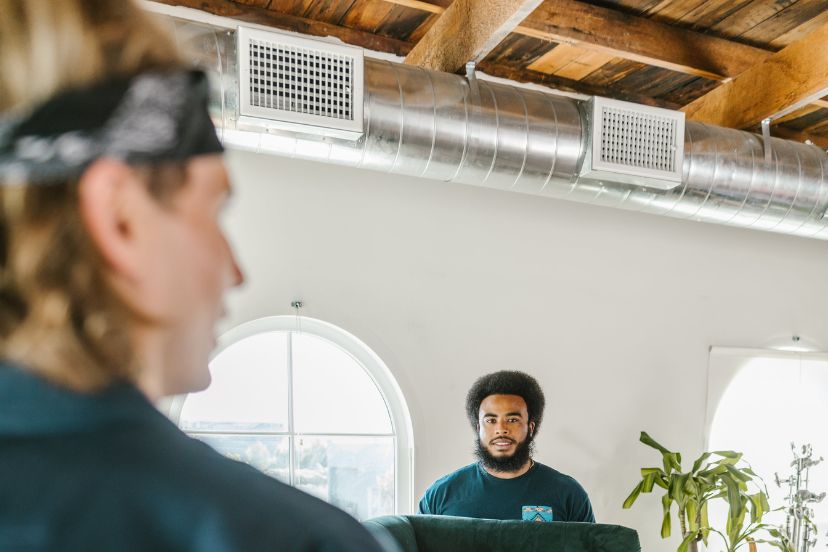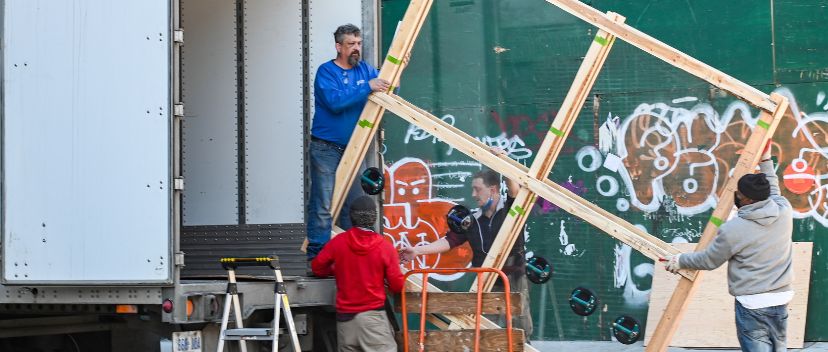Retirement presents the perfect opportunity to start piano lessons. With time to practice and the benefits of improved mental agility, it's never too late to learn an instrument. Setting realistic goals and savoring the joy of creating music can be a fulfilling experience in retirement...
Melodious Moves: How to Move a Piano Safely

Do you remember that moment when you first laid your hands on the keys of your cherished instrument, your piano? The feel of the keys, the resonating notes, and the harmony created, all adding up to a symphony of emotions.
Now, you’re faced with a different kind of symphony – moving it to a new environment, and you’re probably wondering, “How do I move a piano?”
Whether it’s an upright piano, baby grand, or even concert grand pianos, relocating these musical giants is no easy task. Moving a piano requires more than just heavy lifting; it demands careful planning, the right equipment, and, in most cases, a team of professional piano movers.
Don’t worry; we’ve got you covered. This comprehensive piano guide will walk you through the steps to move your piano safely and efficiently. But remember, every piano’s weight and size differ, so adjust the instructions to suit your specific situation.
Preparation Before The Move
The first step in the moving process is preparation. You need to measure doorways, staircases, and the new space to ensure there’s enough room for your piano.
Also, check the moving route for any steep stairs or obstacles. If there are stairs involved, you may need special equipment like a stair ramp.
Next, gather all your moving supplies. This includes multiple rolls of packing tape, bubble wrap, moving blankets, bungee cords, ratchet straps, and tie-down straps. Having the necessary equipment at hand will make the job easier and safer.
Protecting Your Piano
Before you start moving the piano, remove any detachable parts. This could include the music rack, piano lid, or the piano’s legs. Wrap these parts securely with bubble wrap and packing tape. For the main body of the piano, close the keyboard lid to protect the keys. Then, cover the entire piano with moving blankets and secure them with loop tape or packing tape.
A word of caution here: most pianos have a glossy finish which can be easily scratched or damaged. So, make sure your cherished instrument is well-protected in bubble wrap and moving blankets.
Moving Your Piano
Now comes the heavy lifting part. At this point, I’d strongly recommend hiring professional piano movers. They have the proper equipment like a dolly capable of handling a piano’s weight, a piano board, and moving straps. But if you’re confident about doing it yourself, make sure you have at least four people for the task.
For upright pianos, lift the piano onto the dolly or piano skid board, then secure it with moving straps. For grand pianos, you’ll need to place a piano board underneath before lifting. The piano board helps distribute the piano’s weight evenly, reducing the risk of damage.
Once the piano is on the dolly or skid board, carefully roll it to the moving truck or van. Use the tie-down straps to secure the piano inside the moving van. Ensure the piano is not exposed to direct sunlight or extreme temperatures during the long-distance move.
Setting Up In The New Location
When your piano arrives at its new location, reverse the steps to move the piano off the moving truck and into the house. Again, if there are steep stairs or tight corners, consider getting help from professional movers.
Once inside, place the piano in its desired location away from direct sunlight or heat sources. Reattach any removed parts, such as the piano legs or music rack.

FAQs About How to Move a Piano
What is the first step in moving a piano?
For both an upright piano and baby grand piano, the first step in moving a piano is to measure the instrument to make sure it will fit through doorways and hallways.
How can I prepare my piano for the move?
Piano owners should secure the piano lid and wrap the piano with moving blankets or furniture pads to protect the finish.
Can I move an upright piano by myself?
It is not recommended to move an upright piano by yourself. It is recommended to hire a professional piano mover or a moving company that has experience in moving pianos.
Can I move a grand piano by myself?
No, it is almost impossible to move a grand piano by yourself. It is recommended to hire a professional piano mover or a moving company that has experience in moving grand pianos.
Do I need to purchase special moving supplies for a piano?
Yes, you should invest in a piano skid board and moving blankets or furniture pads to protect the piano while moving it.
How many people are needed to move a piano?
At least three people are recommended for moving a piano: two to carry the piano and one to guide them. However, it doesn’t hurt to have an extra person on hand just in case.
Is it risky to move a piano upstairs?
Yes, moving a piano upstairs can be risky and dangerous for both the piano and the movers. It is recommended to hire a professional piano mover for this task.
Can I hire professional movers to move my piano?
Yes, it is highly recommended to hire professional piano movers or a moving company that has experience in moving pianos.
Why is it important to secure the piano during the move?
A piano is a valuable instrument and can be easily damaged during the move. Securing the piano with moving blankets, furniture pads, and a piano skid board will greatly reduce the risk of damage.
Can I use a dolly underneath the piano to move it?
No, you should never use a dolly underneath a piano as it can damage the piano’s legs and undercarriage. The piano should always be carried by a moving team.
Final Thoughts on How to Move a Piano
Moving a piano is not a task for the faint-hearted. It requires a lot of planning, physical strength, and the right equipment. So, unless you’re absolutely certain you can handle it, we’d recommend hiring professional piano movers. They have the training, experience, and proper equipment to do the job safely and efficiently.
Remember, your piano is not just a musical instrument; it’s a valuable and cherished part of your life. So, treat it with the care and respect it deserves during the moving process.
In the end, when your piano is safely nestled in its new environment, and you strike those first few notes, you’ll find that all the effort was worth it. Because just like learning piano, nothing beats the joy of creating music in a space that you can call your own.



